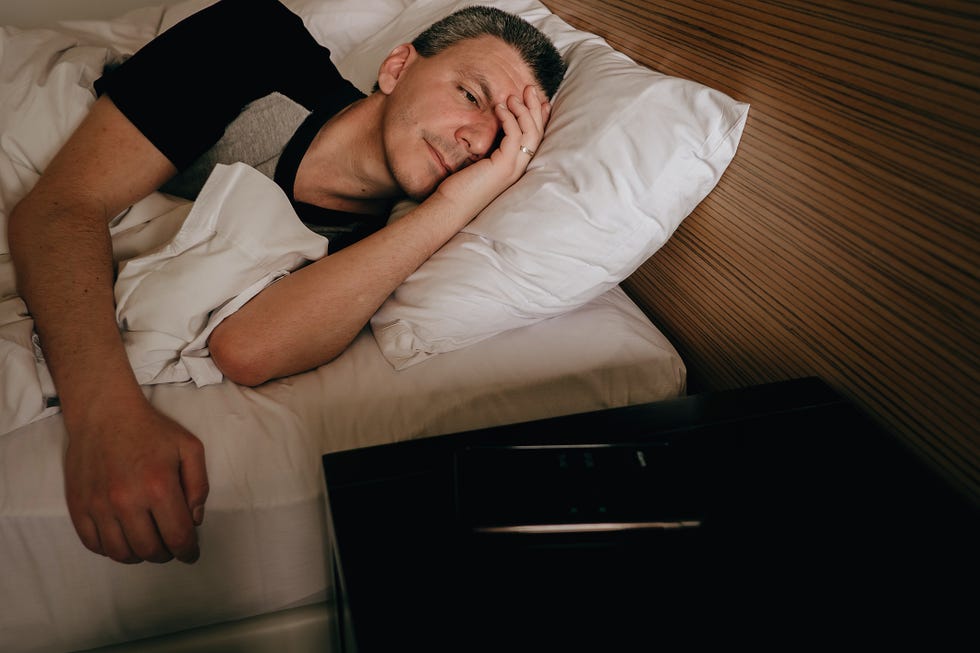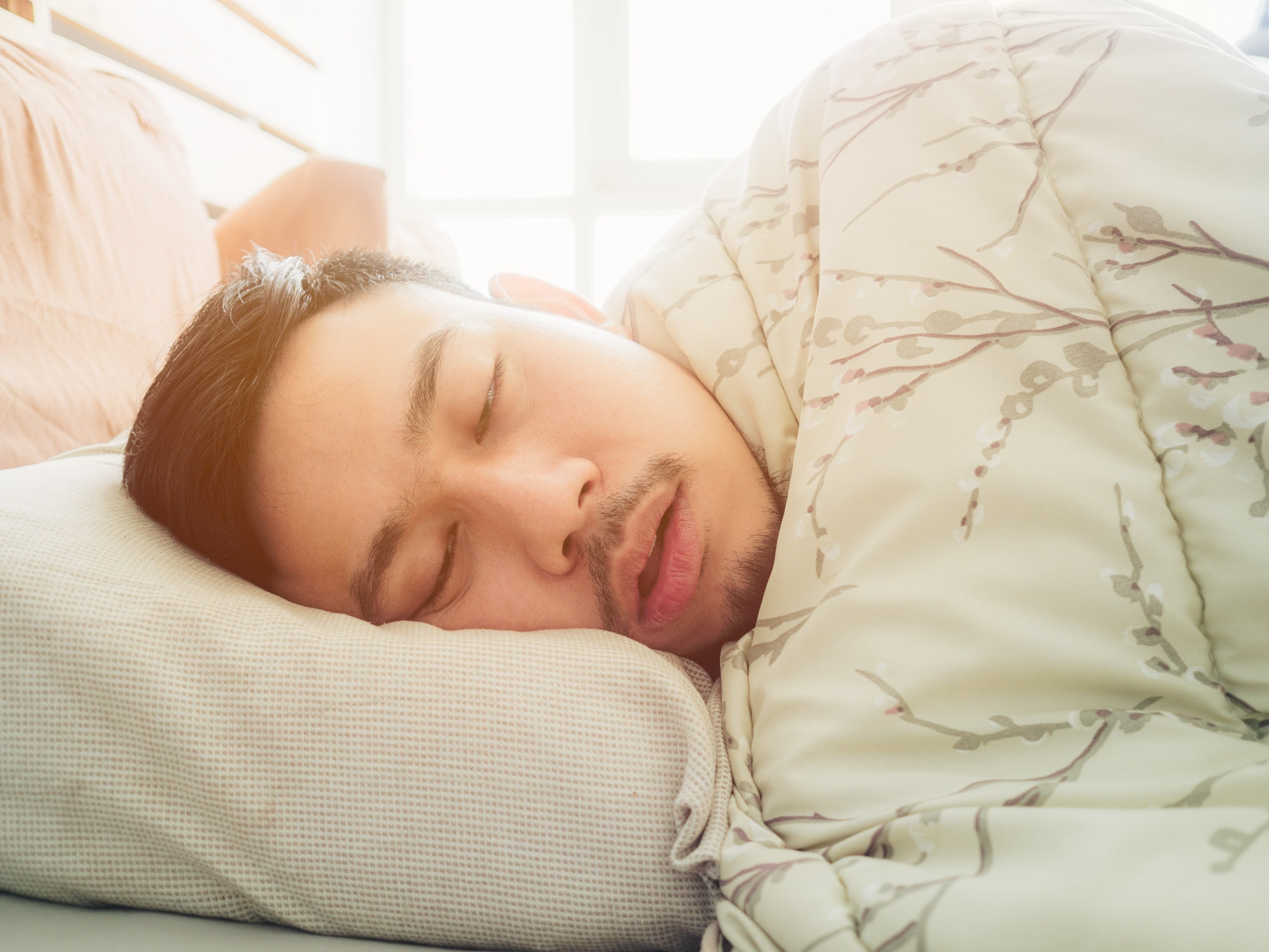Reliable Therapy Solutions for Taking Care Of Sleep Disorders and Enhancing Restful Rest
In the realm of health care, the management of rest disorders and the pursuit for peaceful sleep are essential elements of total wellness. Reliable therapy solutions use a diverse approach to deal with these challenges, ranging from cognitive behavior interventions to holistic techniques that advertise leisure and mindfulness. The expedition of different approaches, including the combination of medication and light treatment, opens up a realm of opportunities in the search of better sleep high quality. As we navigate the detailed landscape of sleep conditions and look for to boost our rest experience, a much deeper understanding of these therapy solutions might hold the secret to unlocking an extra refreshing and satisfying restorative trip.
Cognitive Behavior Modification for Sleep Problems (CBT-I)
Cognitive Behavior Modification for Sleeplessness (CBT-I) is an organized, evidence-based therapy strategy that concentrates on addressing the underlying elements contributing to sleep disruptions. This sort of therapy intends to customize habits and ideas that aggravate sleeplessness, inevitably advertising healthy and balanced sleep patterns. CBT-I normally entails several crucial components, consisting of cognitive treatment, rest restriction, stimulus control, and rest health education.
Cognitive therapy helps individuals recognize and transform unfavorable thought patterns and beliefs concerning rest that may be impeding their ability to drop or remain asleep. Rest limitation includes limiting the quantity of time spent in bed to match the person's real sleep period, consequently boosting sleep efficiency (insomnia therapy). Stimulation control methods help develop a strong association in between the bed and sleep by urging individuals to go to bed just when drowsy and to prevent engaging in boosting activities in bed
Furthermore, rest hygiene education and learning concentrates on establishing healthy and balanced sleep behaviors, such as preserving a constant sleep timetable, creating a relaxing going to bed regimen, and enhancing the rest environment. By attending to these aspects thoroughly, CBT-I supplies an efficient non-pharmacological treatment for handling sleeping disorders and boosting general sleep top quality.
Sleep Hygiene Practices
Having actually established the foundation of cognitive restructuring and behavioral adjustments in dealing with sleeping disorders via Cognitive Behavior modification for Sleeping Disorders (CBT-I), the focus currently shifts in the direction of checking out vital Rest Hygiene Practices for preserving ideal sleep top quality and overall well-being.
Rest health practices include a variety of habits and environmental factors that can significantly affect one's capacity to sleep and remain asleep throughout the evening. Regular rest and wake times, creating a relaxing bedtime regimen, and enhancing the sleep environment by maintaining it dark, silent, and cool are important parts of good sleep hygiene. Limiting exposure to displays prior to going to bed, avoiding stimulants like high levels of caffeine near going to bed, and involving in normal physical task throughout the day can additionally promote better sleep quality.
Additionally, exercising relaxation methods such as deep breathing exercises or reflection prior to bed can aid soothe the mind and prepare the body for sleep. By including these sleep health methods right into one's everyday routine, people can establish a healthy rest pattern that sustains peaceful rest and overall well-being.
Leisure Strategies and Mindfulness
Executing relaxation techniques and mindfulness practices can play a pivotal duty in cultivating a feeling of tranquility and promoting high quality sleep. natural insomnia remedies. These techniques aim to silent the mind, reduce stress, and produce an optimum atmosphere for peaceful rest. One extensively practiced technique is deep breathing workouts, where individuals concentrate on slow-moving, deep breaths to unwind the mind and body. Progressive muscular tissue relaxation entails tensing and then launching each muscle team, promoting physical leisure. Additionally, assisted images can help move people to click to investigate a calm location in their minds, helping in stress and anxiety decrease and enhancing sleep top quality.
Mindfulness techniques, such as reflection and yoga, are likewise efficient sleep maintenance insomnia natural treatment in advertising relaxation and enhancing sleep. Mindfulness motivates people to remain existing in the moment, letting go of stress over the past or future. By integrating these practices right into a bedtime regimen, individuals can indicate to their bodies that it is time to take a break and prepare for sleep. Generally, integrating leisure strategies and mindfulness methods can considerably add to handling sleep conditions and improving overall sleep high quality.

Medication Options for Sleep Disorders
After exploring relaxation methods and mindfulness practices as non-pharmacological treatments for improving sleep high quality, it is vital to think about medication options for individuals with sleep conditions. In situations where way of life adjustments and therapy do not give enough relief, medication can be a useful tool in handling sleep disturbances.
Commonly recommended medications for sleep conditions consist of benzodiazepines, non-benzodiazepine hypnotics, antidepressants, and melatonin receptor agonists. Benzodiazepines, such as diazepam, are sedatives that can help induce sleep, but they are generally recommended for temporary use as a result of the risk of dependence. Non-benzodiazepine hypnotics like zolpidem are additionally made use of to treat insomnia and have a lower threat of dependence contrasted to benzodiazepines. Antidepressants, such as trazodone, can be valuable for people with co-occurring depression and sleep disruptions. Melatonin receptor agonists, like ramelteon, target the body's natural sleep-wake cycle and can be helpful for controling rest patterns.
It is crucial for individuals to speak with a healthcare company to determine the most proper medicine choice based upon their details rest disorder and medical history.
Light Therapy for Circadian Rhythm Regulation
Light treatment, also known as phototherapy, is a non-invasive therapy method made use of to regulate circadian rhythms and enhance sleep-wake cycles. This treatment includes exposure to brilliant light that mimics natural sunlight, which helps to reset the body's biological rhythm. By exposing individuals to certain wavelengths of light, usually in the morning or night news depending upon the desired result, light therapy can effectively change the body clock to advertise wakefulness throughout the day and enhance peaceful rest at night.
Research study has actually revealed that light treatment can be especially advantageous for people with circadian rhythm conditions, such as postponed rest stage disorder or jet lag. It can also be practical for those experiencing seasonal depression (SAD), a sort of anxiety that typically takes place during the cold weather when all-natural light direct exposure is reduced. Light treatment is usually well-tolerated and can be utilized combined with other therapy techniques for rest disorders to optimize end results and boost overall sleep top quality.
Conclusion
To conclude, effective treatment solutions for managing sleep problems and improving relaxing rest include Cognitive Behavioral Treatment for Sleeplessness (CBT-I), rest health techniques, relaxation methods and mindfulness, medication options, and light treatment for circadian rhythm guideline. These strategies can help individuals improve their sleep quality and general well-being. It is necessary to talk to a health care company to determine one of the most ideal technique for dealing with rest concerns.
As we navigate the detailed landscape of sleep disorders and seek to improve our rest experience, a much deeper understanding of these therapy remedies may hold the key to unlocking an extra relaxing and meeting corrective trip.
Sleep restriction includes restricting the quantity of time invested in bed to match the individual's real rest period, thereby raising rest performance. Regular rest and wake times, creating a relaxing bedtime routine, and optimizing the rest atmosphere by maintaining it dark, silent, and cool are vital elements of great rest hygiene. Light treatment is generally well-tolerated and can be utilized in conjunction with other therapy methods for rest problems to optimize results and enhance total rest high quality.

Comments on “Cognitive Behavioral Therapy for Insomnia (CBT-I) - Proven Approaches”